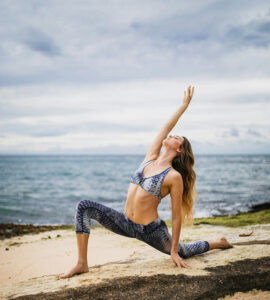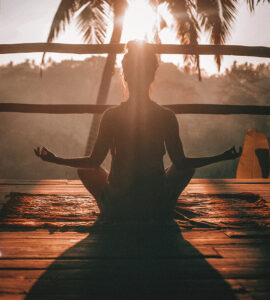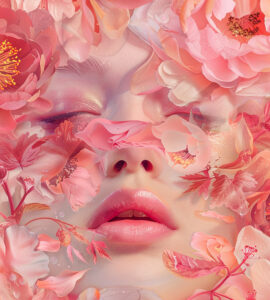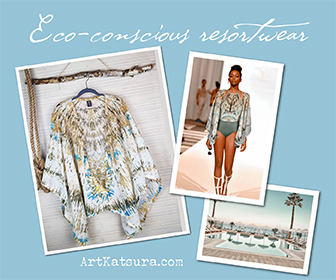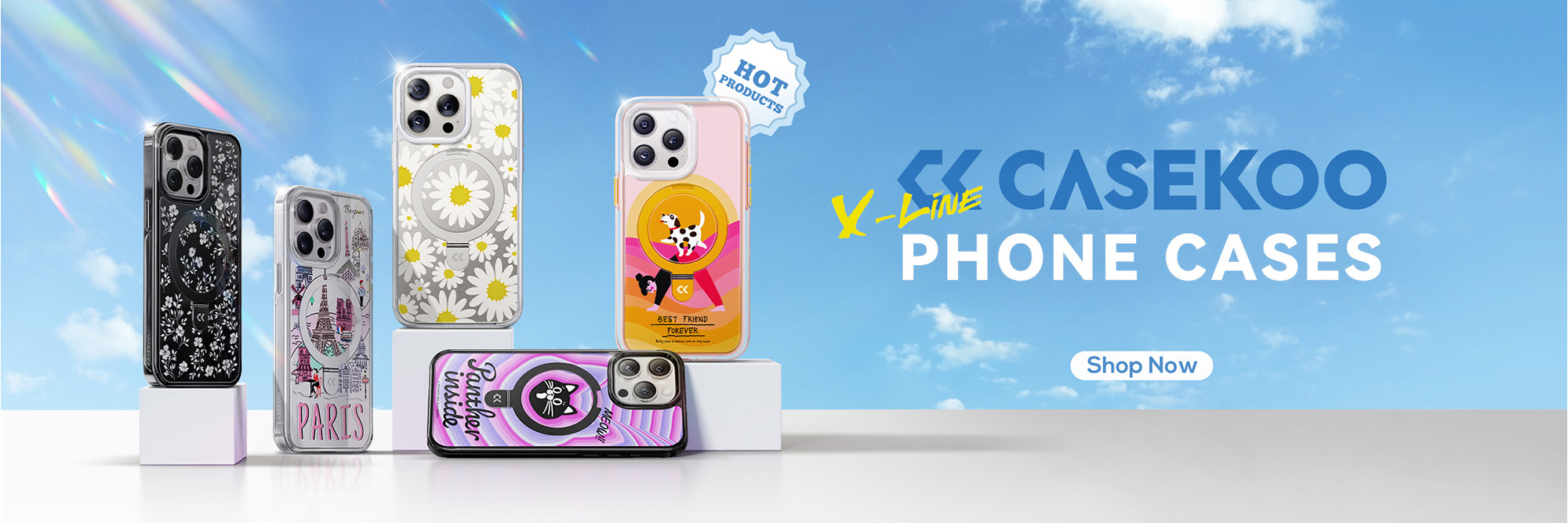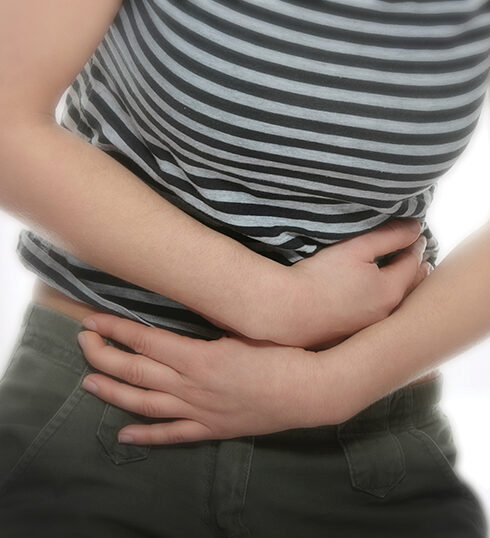Menopause and Hormones: The relationship with Dry Eye Disease
Women’s Health Expert, Dr Catherine Hood And Optometrist, Francesca Marchetti, Optometrist, Advisors To Rohto Dry Aid
The eye contains over two million working parts and is considered the second most complex organ in the body — only usurped by the brain. The eye’s muscles are the fastest and most active muscles in the whole human body. The inner structures of the eye all work together to produce an image that your brain can understand. In order to produce a clear image, the eyes must complete a three-step process:
- Light enters the eye through the cornea – when we look at an object, the light that is reflected off the surface of the object enters the eye through the clear front layer of the eye, called the cornea. The cornea bends the light before it passes through a watery substance that fills the area behind the cornea, called the aqueous humour.
- The pupil adjusts in response to the light – the light travels through the black opening in the centre of the iris, called the pupil. The iris is the colourful part of your eye that gives it its blue, green, hazel, brown or dark appearance. The iris is made up of muscles that expand and contract, and this controls the pupil and adjusts its size in response to the intensity of the light that enters. So, when you see your pupil getting bigger or smaller, it is really the iris that is controlling the pupil opening in a reaction to the light.
- The lens focuses the light onto the retina – the light passes through the pupil to the lens behind it. The lens adjusts its shape to bend and focus the light a second time, to ensure that you have a clear image of what you are looking at. At this point, the light has been bent twice— as it moved from the cornea through the lens, and then from the lens to the retina. This “double bending” has actually flipped the image upside down. The space between the lens and the retina is filled with a gel known as the vitreous humour. This is composed of 99% water with a framework of hyaluronic acid and collagen.
The surface of the eye and inner surface of the eyelids are covered with a clear membrane called the conjunctiva, and the eye is lubricated by tears. Our tears are essential for maintaining the health of the front surface of the eye and for providing clear vision, as well as providing essential lubrication and reducing the risk of eye infection by washing away foreign matter in the eye.
What is Dry Eye Disease?
Dry Eye Disease, often referred to as Dry Eye is a common condition affecting the eyes. Official estimates put prevalence at around one third of people in the UK with Dry Eye Disease, although real world research, commissioned on behalf of Rohto Dry Aid – the scientifically backed eye drop treatment for the two main types of Dry Eye Disease – Aqueous-Deficient Dry Eye (ADDE) and Evaporative Dry Eye (EDE) – reveals that 54% of people report that they have experienced dry eyes, the key symptom eponymous of the disease. Many people are totally unaware about the symptoms of Dry Eye, which could mean they’re potentially living with a problem that will only get worse.
Dry Eye Disease happens when you don’t produce enough tears (Aqueous-Deficient Dry Eye or ADDE) or the consistency of the tear changes (Evaporative Dry Eye or EDE). This leads to inadequate lubrication of the tear film with inflammation and likely damage to the eye surface. Untreated, it can have pretty serious consequences, yet despite this few people are even aware of it – 51% of people have never even heard of it, according to the real-world data from Rohto Dry Aid. Symptoms can include a dry sensation in the eyes, sore, tired and/or itchy eyes, redness, a burning, stinging or gritty sensation, headaches, light sensitivity and blurred vision.
It’s important to understand the difference between the two main types of Dry Eye. In ADDE, the tear glands don’t produce enough tears, whereas EDE is caused by a damaged tear film lipid layer, which allows tears to evaporate. It is thought that around 85% of Dry Eye cases are caused by EDE, but many people may experience a combination of both types. Having insufficient tears or inadequate tears causes tear instability and can lead to inflammation and damage to the eye’s surface.
There are two sets of glands involved in Dry Eye Disease – the Meibomian glands (which are involved in EDE) and the lacrimal glands, which are responsible for the production of fluids that maintain the tear film. Our tear film has multiple layers. The outermost lipid layer consists of oils made by Meibomian glands. These oils should prevent evaporation of the tear film. The next layer – the aqueous layer, consists of a watery solution secreted by the lacrimal glands, which provides protection from infection, stopping germs, bacteria and particles from entering the eye. The innermost mucin layer is made up of a protective mucus membrane, which contains proteins including Immunoglobulins (which protect against infection) and mucin proteins (which trap debris and reduce friction when blinking). The aqueous and mucin layers are also known as the muco-aqueous layer.
Menopause And Dry Eye Disease – The Relationship
There are many factors that can trigger and influence Dry Eye Disease. Women are almost twice as likely to develop Dry Eye Disease than men and this is largely down due to hormonal changes including pregnancy, the use of oral contraceptives and menopause.
Menopause can have a big impact on Dry Eye Disease thanks to changing levels of the hormones oestrogen and androgen. A reduction in tear production caused by dysfunction in the lacrimal gland may occur during menopause and meibomian gland dysfunction is common before, during and after menopause.
Studies have shown that during perimenopause and menopause tear glands produce fewer tears and Meibomian Gland Dysfunction increases, causing reduction in the oils and mucin which protect and lubricate the eye surface. This results in increased evaporation of the tears.
However, new real-world research on behalf of Rohto Dry Aid revealed that 44% of women do not realise that peri-menopause and menopause can affect the eyes, although 24% of women in the menopause say that it has done, with dry eyes (51%), itchy eyes (37%) and blurred eyes (31%) the most common symptoms. No coincidence that these are also among the main symptoms of Dry Eye Disease. Some 16% of respondents in the Rohto Dry Aid poll said they have started using eye drops more often since starting menopause.
Rohto Dry Aid: Breaking The Cycle Of Dry Eye Disease
To fight against Dry Eye Disease, Rohto Pharmaceutical, one of the world leaders in eyecare and eye care specialists since 1909, have created Rohto Dry Aid, a proven eye drop treatment for Dry Eye Disease with a focus on the two main types of Dry Eye – Aqueous-Deficient Dry Eye (ADDE) and Evaporative Dry Eye (EDE).
Rohto Dry Aid provides fast soothing relief for up to 12 hours and it provides relief for eight main symptoms of Dry Eye including dryness, soreness, itchiness, irritation, burning, grittiness, stinging and tiredness.
A UK user trial involving 107 adults suffering from Dry Eye Disease symptoms found that 97% of the volunteers reported symptom relief in just two minutes or less when using Rohto Dry Aid.
Helping break the cycle of Dry Eye Disease with a technology advanced product filled with science-backed ingredients that work to hydrate and restore the natural tear film layers is essential.
And because Rohto Dry Aid caters to the two main types of Dry Eye Disease, it’s suitable for those who are perhaps unaware which type of Dry Eye they actually suffer from.
Evaporative Dry Eye requires lipid-based products to help restore the lipid layer. If the lipid layer isn’t restored, the tears will continue to evaporate and the uncomfortable cycle of Dry Eye Disease will continue.
Smart Tearshield Technology
Rohto Dry Aid contains a unique Tearshield Technology. This restores the lipid layer – sealing in (lipid shield) and restoring the aqueous layer, in turn restoring the natural tear’s health. Eye products can often be daunting to use. After all, they’re dealing with a very sensitive and delicate part of the body. Rohto Dry Aid is a scientific research collaboration with two panel members of TFOS DEWS II (Tear Film and Ocular Surface Society International Dry Eye Workshop II): Norihiko Yokoi from the Department of Ophthalmology at Kyoto Prefectural University of Medicine in Japan and, Georgi As Georgiev from the Faculty of Physics at Sofia University “St. Kliment Ohridski” in Bulgaria.
So, it really is an expert-approved product for Dry Eye Disease, giving you peace of mind. The beauty of Rohto Dry Aid is that it’s aimed at women and men of all ages from the age of six years as well as women who are menopausal or postmenopausal, and everyone who frequently uses a computer, plays video games or spends time looking at digital screens such as phones and the television.
For more information please visit https://www.mentholatum.co.uk/brands/rohto-dry-aid
